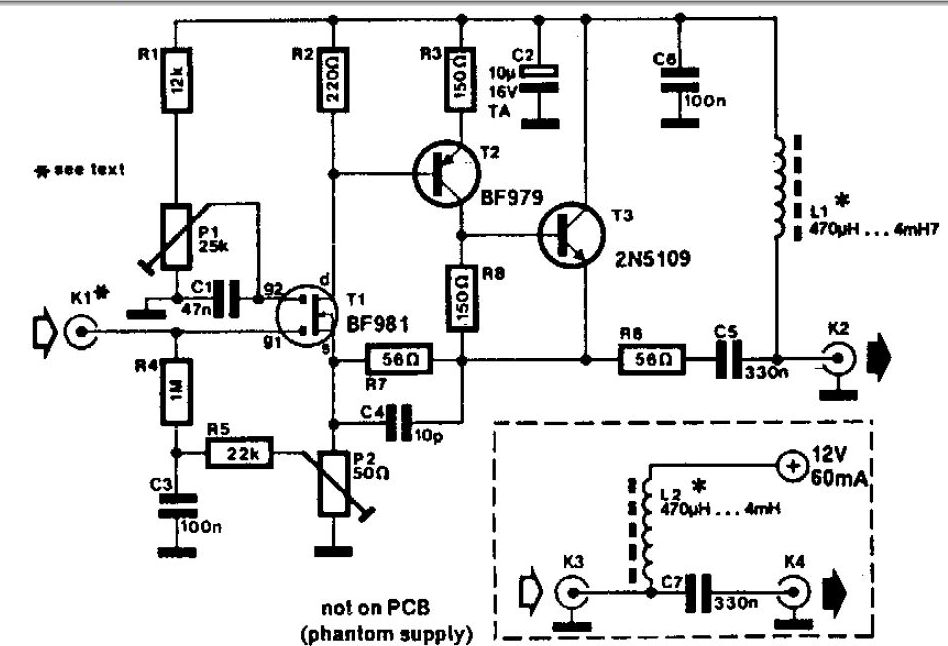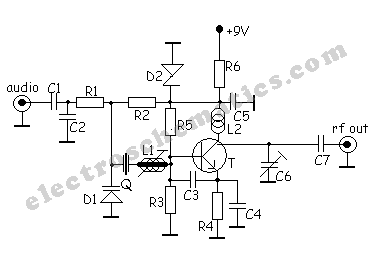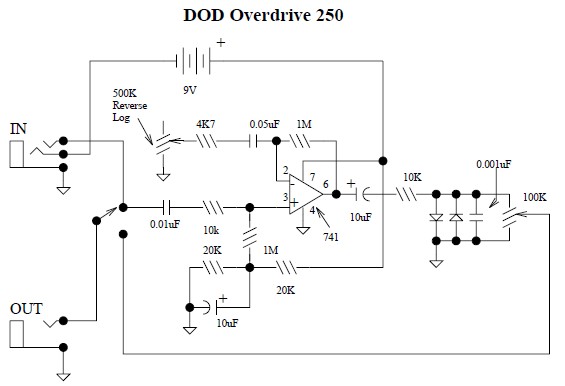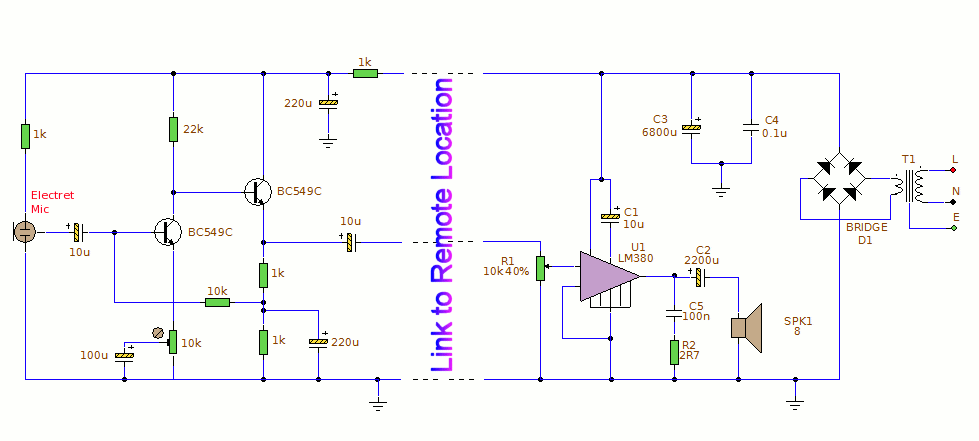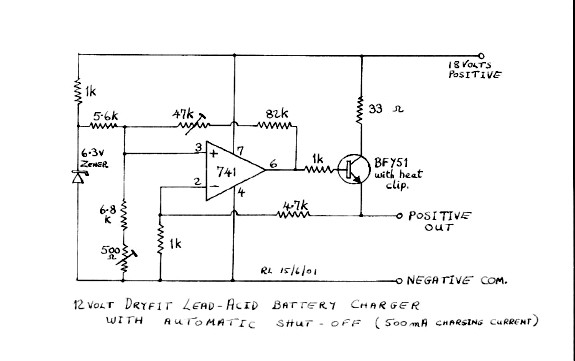
Lead-Acid Battery Charger Circuit
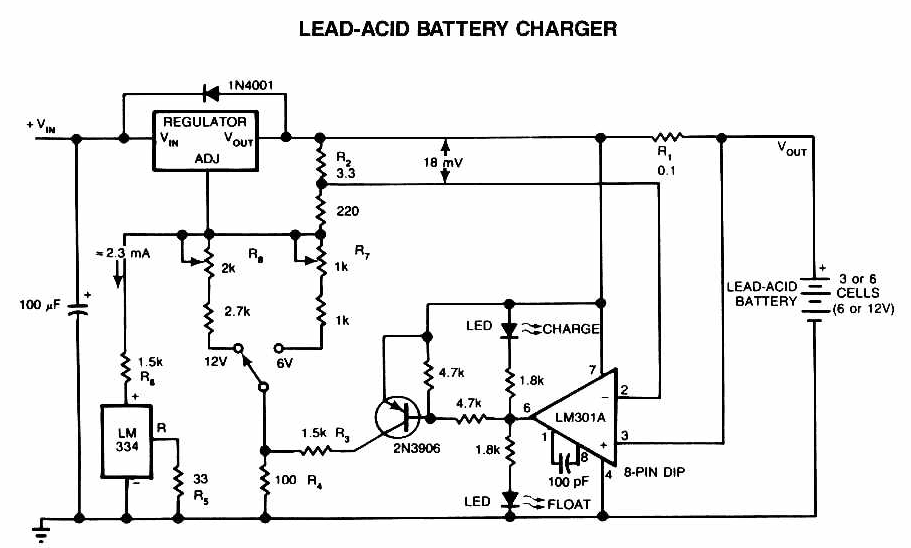
This circuit provides an initial voltage of 2.5V per cell to quickly charge a car battery. The charging current decreases as the battery charges, and when the current drops to 180 mA, the charging circuit reduces the output voltage to 2.35V per cell, maintaining the battery in a fully charged state. This lower voltage prevents overcharging, which can shorten the battery's lifespan. The LM301A comparator measures the voltage drop across resistor R1 against an 18 mV reference set by resistor R2. The output of the comparator controls the voltage regulator, producing the lower float voltage when the battery charging current, passing through R1, falls below 180 mA. Temperature compensation is incorporated to prevent overcharging; the LM334 temperature sensor should be positioned near or on the battery. Since batteries require more compensation at lower temperatures, resistor R5 should be changed to 30 ohms for a temperature coefficient of -5 mV/°C per cell if this circuit operates at temperatures below 20°C. The charger’s input voltage must be filtered DC that is at least 3V higher than the maximum required output voltage. The regulator should be chosen based on the maximum current needed: LM371 for 2A, LM350 for 4A, and LM338 for 8A. At 25°C and with no load, resistor R7 should be adjusted for an output voltage of 7.05V, and resistor R8 should be adjusted for an output voltage of 14.1V.
This circuit is designed for efficient battery charging, utilizing a controlled voltage and current management system to optimize battery health and longevity. The initial charging voltage of 2.5V per cell is suitable for rapid charging, ensuring that the battery receives adequate power to reach a full charge efficiently. The transition to a lower float voltage of 2.35V per cell serves as a protective measure against overcharging, which can lead to battery damage and reduced lifespan.
The LM301A comparator plays a crucial role in monitoring the charging process. By comparing the voltage drop across R1 with a predetermined reference voltage, it ensures that the output voltage is adjusted appropriately based on the battery's state of charge. The use of R2 to set the reference voltage at 18 mV is critical for accurate operation, allowing the circuit to respond dynamically to changes in the charging current.
Incorporating temperature compensation through the LM334 temperature sensor is essential for maintaining optimal charging conditions. The placement of the sensor near the battery ensures accurate readings of the battery temperature, allowing the circuit to adjust the charging parameters accordingly. Modifying R5 to 30 ohms for low-temperature operation helps maintain the desired charge characteristics, safeguarding against potential overcharging in colder environments.
The input voltage requirements necessitate that the charger operates with a filtered DC supply that exceeds the maximum output voltage by at least 3V. This design consideration is vital for ensuring stable operation of the voltage regulator. The selection of the appropriate voltage regulator—LM371, LM350, or LM338—based on the maximum current requirements provides flexibility in application, allowing for different battery capacities and charging needs.
Finally, the adjustment of resistors R7 and R8 at specified conditions ensures that the output voltages are accurately set for optimal performance. This level of control and customization makes the circuit adaptable to various charging scenarios, enhancing its utility in automotive battery maintenance and management.This circuit delivers an initial voltage of 2. 5V per cell to rapidly charge a car battery. The charging current decreases as the battery charges and when the current drops to 180 mA the charging circuit reduces the output voltage to 2. 35 V per cell, leaving the battery in a fully charged state. This lower voltage prevents the battery from overchar ching, which will shorten its life. The LM301A compares the voltage drop across R1 with a 18 mV reference set by R2. The comparator`s output controls the voltage regulator, and produce the lower float voltage when the battery-charging current, passing through R1, drops bellow 180 mA. Temperature compensation helps prevent overcharging, the LM334 temperature sensor should be placed near or on the battery.
Because batteries need more compensation at lower temperatures, change R5 to 30 © for a tc of -5mV/0C per cell il this circuit will be used at temperatures below 200C. The charger`s input voltage must be filtered dc that is at least 3V higher than the maximum required output voltage.
Choose a regulator for the maximum current needed: LM371 for 2A, LM350 for 4A, LM338 for 8A. At 250C and with no load, adjust R7 for a Vout of 7. 05V, and adjust R8 for a Vout of 14. 1V. 🔗 External reference
This circuit is designed for efficient battery charging, utilizing a controlled voltage and current management system to optimize battery health and longevity. The initial charging voltage of 2.5V per cell is suitable for rapid charging, ensuring that the battery receives adequate power to reach a full charge efficiently. The transition to a lower float voltage of 2.35V per cell serves as a protective measure against overcharging, which can lead to battery damage and reduced lifespan.
The LM301A comparator plays a crucial role in monitoring the charging process. By comparing the voltage drop across R1 with a predetermined reference voltage, it ensures that the output voltage is adjusted appropriately based on the battery's state of charge. The use of R2 to set the reference voltage at 18 mV is critical for accurate operation, allowing the circuit to respond dynamically to changes in the charging current.
Incorporating temperature compensation through the LM334 temperature sensor is essential for maintaining optimal charging conditions. The placement of the sensor near the battery ensures accurate readings of the battery temperature, allowing the circuit to adjust the charging parameters accordingly. Modifying R5 to 30 ohms for low-temperature operation helps maintain the desired charge characteristics, safeguarding against potential overcharging in colder environments.
The input voltage requirements necessitate that the charger operates with a filtered DC supply that exceeds the maximum output voltage by at least 3V. This design consideration is vital for ensuring stable operation of the voltage regulator. The selection of the appropriate voltage regulator—LM371, LM350, or LM338—based on the maximum current requirements provides flexibility in application, allowing for different battery capacities and charging needs.
Finally, the adjustment of resistors R7 and R8 at specified conditions ensures that the output voltages are accurately set for optimal performance. This level of control and customization makes the circuit adaptable to various charging scenarios, enhancing its utility in automotive battery maintenance and management.This circuit delivers an initial voltage of 2. 5V per cell to rapidly charge a car battery. The charging current decreases as the battery charges and when the current drops to 180 mA the charging circuit reduces the output voltage to 2. 35 V per cell, leaving the battery in a fully charged state. This lower voltage prevents the battery from overchar ching, which will shorten its life. The LM301A compares the voltage drop across R1 with a 18 mV reference set by R2. The comparator`s output controls the voltage regulator, and produce the lower float voltage when the battery-charging current, passing through R1, drops bellow 180 mA. Temperature compensation helps prevent overcharging, the LM334 temperature sensor should be placed near or on the battery.
Because batteries need more compensation at lower temperatures, change R5 to 30 © for a tc of -5mV/0C per cell il this circuit will be used at temperatures below 200C. The charger`s input voltage must be filtered dc that is at least 3V higher than the maximum required output voltage.
Choose a regulator for the maximum current needed: LM371 for 2A, LM350 for 4A, LM338 for 8A. At 250C and with no load, adjust R7 for a Vout of 7. 05V, and adjust R8 for a Vout of 14. 1V. 🔗 External reference
